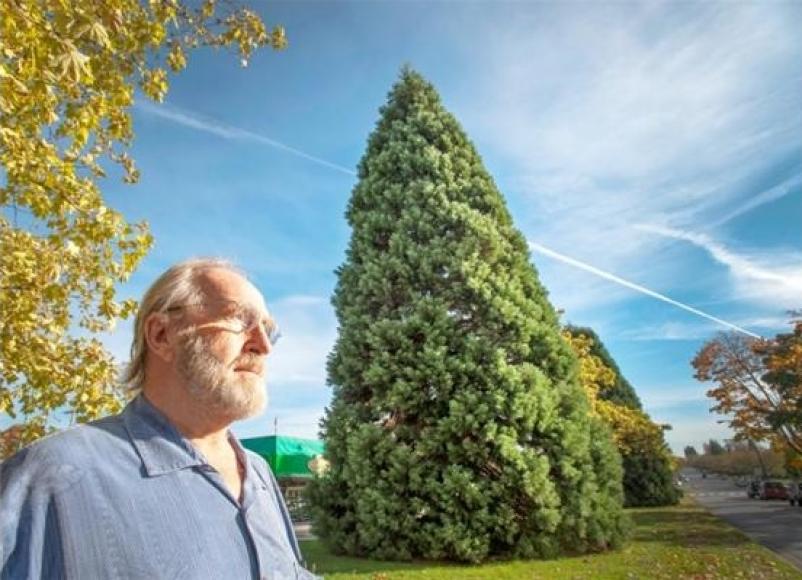News & Updates
Dirk Speaks to The Province About Climate Change and the Future of our Forests: Planting Redwoods
29
Photograph by: Arlen Redekop, The Province
Last week Kent Spencer from The Province newspaper interviewed Dirk about the effect climate change is having on our forests and how progeny trials will help us determine how to adapt the species we plant to the changing climate.
Story by: Kent Spencer, The Province
"B.C.'s forests will see huge changes as new species are introduced which must thrive under the province's hotter climate. Dirk Brinkman, whose companies have planted more than one billion trees, says the giant Sequoia from northern California might be one of those species. The sequoias have not grown here naturally for the last 10,000 years, but some have been planted in Vancouver. "They are outgrowing every other tree in the city," he said..."
Read full story and watch interview video here:
http://www.theprovince.com/technology/climate+change+could+bring+about+r...
Postscript: We would like to make one technical correction, (that Dirk swears didn't come from him), in the article it says: "The larch is a deciduous tree from southeastern B.C. which loses its leaves in autumn and has been planted in progeny trials through central B.C. all the way up to the Yukon." Larch is a actually a conifer tree that loses its needles, not a diciduous tree that loses its leaves. Which makes larch unique from other conifers, an exception to the evergreen rule of BC softwoods. A distinguishing characteristic of conifers (softwoods) is that they do not lose their needles in autumn, as diciduous lose their leaves. Instead they typically keep their needles through the winter, staying green year round, which is why conifers are known as Evergreens.




 2669 E Hastings., Vancouver BC, V5K 1Z5
2669 E Hastings., Vancouver BC, V5K 1Z5 (604) 521-7771
(604) 521-7771
